Low cost rangefinder station design for contactless distance measurements in automation
16. September, 2011, Autor článku: Surýnek Tomáš, Elektrotechnika, MATLAB/Comsol
Ročník 4, číslo 9  Pridať príspevok
Pridať príspevok
![]() The main purpose of this paper is to present new design of rangefinder station based of triangulation principle consisting camera and laser source. The design consists of two main parts. The first part is rangefinder itself and the second part is movement mechanism consisting of two motors AI-1001 allowing distance measurement in two axes x and y. The measurement part of the station communicates with computer by USB hub and movement part with applied laser source switch communicates by RS-232 hub.
The main purpose of this paper is to present new design of rangefinder station based of triangulation principle consisting camera and laser source. The design consists of two main parts. The first part is rangefinder itself and the second part is movement mechanism consisting of two motors AI-1001 allowing distance measurement in two axes x and y. The measurement part of the station communicates with computer by USB hub and movement part with applied laser source switch communicates by RS-232 hub.
Due to this fact, there was created library in MATLAB consisting the most important commands for communications with motors, camera, script for laser trace detection and laser switching. Whole module was assembled, calibrated and tested. Final measurements prove that this kind of approach is the most suitable for contactless distance measurement in automation control for industry applications.
1. Introduction
Many of modern systems applied in industrial applications require for reliable function perfect feedback from outer space. This feedback is inspired by human ability to receive and process information followed by appropriate reaction. Same as quality of human opinion is addicted on perfection and quantity of information about given problematic, the precision of controlled processes mainly depends on measurement of data from the process. In the robotics, there is constant research and development of sensors playing role of human sense organs.
Because the vision is the sense with the most valuable information for the human, it is evident that creation of reliable computer vision systems is one of the priorities in modern robotics, navigation and orientation. The main goal in computer vision is creation of depth map that gives information about the surrounding of the controlled object.
Standard contactless methods for distance measurement are divided on active or passive, whether they need light source or not [1], [2]. The most often used active methods are triangulation and time of flight measurement of modulated ray of light. The passive ones are focusing, passive stereovision and special methods like photogrametry or shape from shading [1], [2]. Because equipment for these passive methods is expensive and hard to realize in laboratory conditions they are not suitable for this type of application.
The goal of this paper is to offer easy approach to obtain depth map. It is based on the modular system consists of active triangulation module and positioning module. Triangulation system consists of laser source and camera. Positioning module consists of two motors AI-1001 and allows measurement in two degrees of freedom. Macro version of suggested system has been manufactured and tested. Prototype of the station can be seen in figure 1.
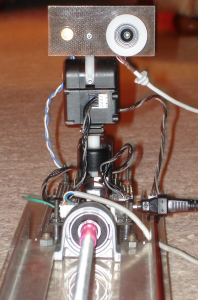
Figure 1- Prototype of rangefinder module
2. Triangulation
Triangulation is very old, but so far the most used technique for distance determination. It is obvious, that mathematical formula must be an easy application of trigonometry. As can bee seen in figure 2, there is similarity of triangles. The ratio between measured distance D and distance of laser beam from optical axis of camera h is same as the ratio between focal length f and number of pixels ppx from displayed dot pfc to the centre of optical axis.
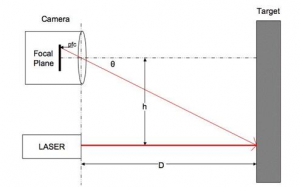
Figure 2 – Triangulation principle with laser source and camera
According to the similarity of triangles, the distance is given by the formula
| (1) |
Variables D, f and h are in meters, but ppx is dimensionless unit. So it is needed to multiply ppx with another variable in meters. The variable is horizontal size of one pixel from CMOS chip matrix Hr. It yields the final formula for distance determination
| (2) |
3. Dimensional analysis of CMOS chip
For determining of parameter Hr it was necessary dismantle the camera and take some photos of printed circuit board with embedded CMOC chip. Then in graphical program measure appropriate size of the yellow square Sy and horizontal size of active area of CMOS chip on screen Sc. Next step is measurement of the real horizontal size of the yellow square Sry and count real size of CMOS chip active area Src by equation
| (3) |
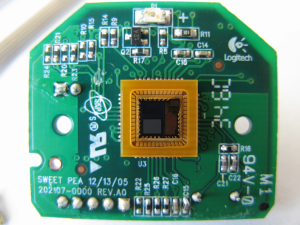
Figure 3 – Photo of PCB with CMOS chip from dismantled camera
Last information for the determination of parameter Hr is resolution of the camera in horizontal axis. The camera in prototype had resolution: Rsh * Rsv = 352 * 288 pixels. The real horizontal size of one pixel is then given by
| (4) |
4. Positioning system of the rangefinder
The system consists of two motors AI-1001. Figure 4 shows one unit of motor without peripherals. Those motors have own instruction set and is possible to communicate with them by RS-232 hub. For this purpose was created library with instruction set in MATLAB. More about the instruction set and the library can be found in [3], [5]. Whole design of invented rangefinder system is shown in figure 5.
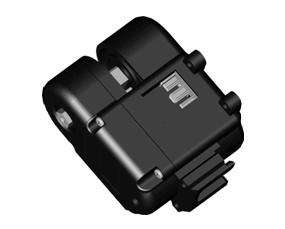
Figure 4 – Unit of intelligent motor AI-1001
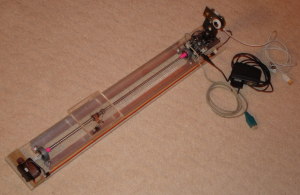
Figure 5 – Completed rangefinder station with the positioning system
5. Conclusion
Main purpose of this paper was introduction of principle for contactless distance measurement with future application in automation control. Chosen principle of measurement is based on triangulation, which is one of the most suitable for these types of applications. The most important parts for this range-finding measurement were laser source and camera. There was introduced algorithm, for distance determination of target.
There was also identified parameter of camera for exact determination of laser trace. Because there was requirement for two degrees of freedom measuring and tracking station, there was necessary to use two motors AI-1001. There was also created library of commands in MATLAB for communication with motors AI -1001. This library will be used for expansion of created station on scanning station of measured target.
6. Acknowledgements
The work behind the article was supported by the internal grant agency of Tomas Bata University in Zlin with NO. IGA/36/FAI/11/D.
7. References
- Orientace v prostředí – Podrobnější specifikace, České vysoké učení technické, Praha 2007
- Kalová, I. – Horák, K., Optické metody měření 3D objektů, České vysoké učení technické, Praha 2007
- Uživatelský manuál AI robot-1001, Megarobotics 2001
- PERŮTKA, Karel . Základy pro studenty automatizace a inform. technologií. Univerzita Tomáše Bati ve Zlíně – Fakulta technologická : [s.n.], 2005
- SURÝNEK, Tomáš. Určení vzdálenosti cíle hloubkoměrným principem se strukturovaným světlem. Zlín, 2008. diplomová práce (Ing.). Univerzita Tomáše Bati ve Zlíně. Fakulta aplikované informatiky
Department of automation and control engineering, Faculty of Applied Informatics, Tomas Bata University in Zlín, Nad Stráněmi 4511, 760 05 Zlín

